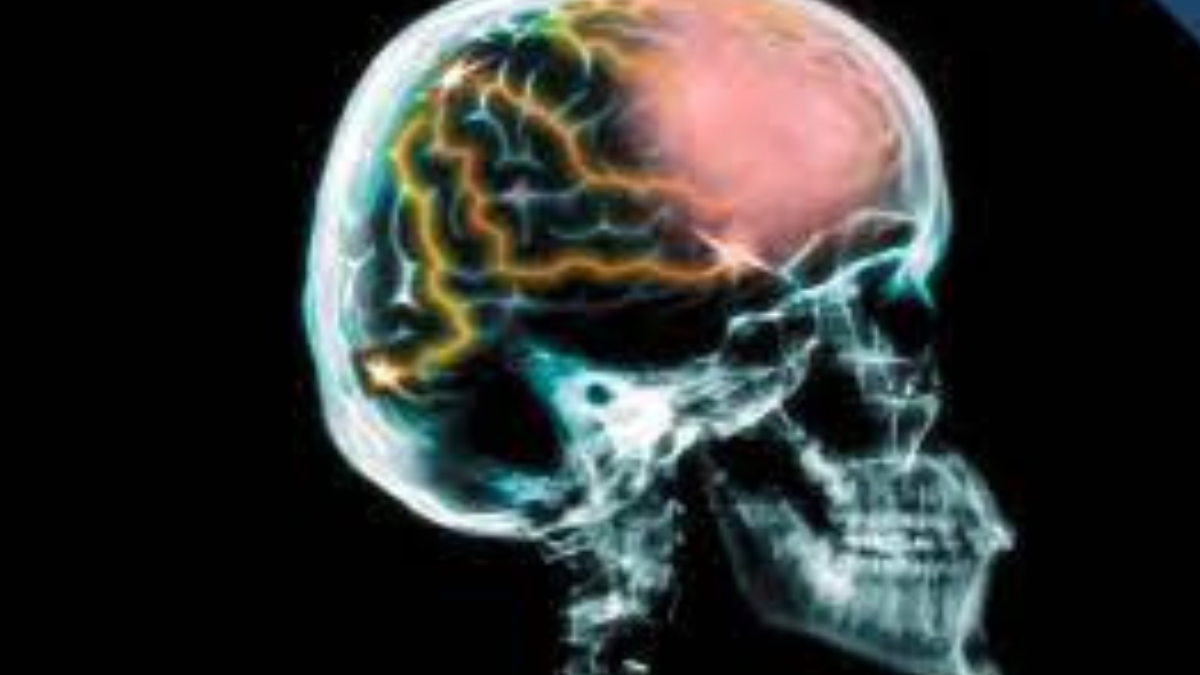
No, you don’t just use 10% of your brain
The 10 percent brain myth is the widely perpetuated urban legend that people typically only use 10 percent of their brains. This false belief continues to be popularized in movies and television, most notably in the 2014 film Lucy, starring Scarlett Johansson. However, this notion has been disproved by science; research suggests we likely use virtually every part of our brain, although not all at the same time.
The 10 percent brain myth likely arose from the fact that we don’t use every area of our brain at once — most of the time, we only use select portions for specific tasks. For example, if you’re reading this article, you’re using your visual cortex and language area of the brain to understand what you’re reading. But this doesn’t mean other areas are not crucial for our thinking processes — they have just been temporarily deactivated.
Origins of the Myth
The exact origins of the 10 percent brain myth are unclear. It has been popularized in movies and television for decades, and some have attributed it to a misunderstanding of research by William James, an American philosopher and psychologist from the 19th century. However, there is no evidence that he ever suggested we only use 10% of our brains.
Impact of the Myth
The 10 percent brain myth is perpetuated in popular media and has become a source of scientific misinformation. It can also lead to misinformed beliefs, such as thinking that people could unlock their full potential if they were able to use more than 10% of their brains. This can result in unrealistic expectations and can be damaging to individuals who have false beliefs about their own capabilities.
Falsely Attributed to Albert Einstein
The 10 percent brain myth has also been falsely attributed to Albert Einstein, although he never actually said this. In fact, he debunked the myth himself in his later years when asked about it. Instead of supporting the belief that people only use 10% of their brains, Einstein stated that humans “use all of our brain” and that “much is unknown about the human brain.”

Popularized by Media and the “Self-help” industry.
The 10 percent brain myth is widely popularized by movies and television. While this can lead to misconceptions, it also serves as a source of entertainment and inspiration for many viewers. Additionally, the myth has been used as a marketing tool by the self-help industry, which often claims that people can unlock their full potential if they were able to access “more than 10% of their brains.” This is false and can be damaging to individuals who have unrealistic expectations or beliefs about their own capabilities.
How Much Do We Actually Use?
Studies have shown that people do in fact use more than 10% of their brains. Research has identified areas of the brain that are linked to nearly all cognitive functions, including learning and memory, decision-making, language processing, motor skills, emotions and more. This suggests that we likely use much more than just 10 percent of our brains.
The Brain is Always Working
The brain is an incredibly complex organ, and researchers are still learning about its full potential. While it’s true that we don’t use every area of our brain all the time, research indicates that the brain is constantly active and working to process information, even when we’re sleeping. This further disproves the notion of the 10 percent brain myth.
Different Parts of the Brain Activate in Different Situations
The brain is composed of various interconnected regions that are responsible for different functions. These areas can be activated or deactivated depending on a person’s environment, so the parts of the brain that are active in one situation may not be the same as those active in another. This explains why people use different parts of their brains when engaging in different activities.
Debunking the Myth
Research suggests that we actually use much more than 10% of our brains, and different parts of our brains are activated depending on the situation or activity. Understanding this can help us appreciate the complex functions of the brain and the vast potential of our cognitive capabilities. Additionally, it can help us avoid falling prey to false claims and misinformation about the brain’s abilities.
References:
https://www.frontiersin.org/articles/10.3389/fnhum.2019.00299/full
http://mentalfloss.com/article/30269/why-you-dont-only-use-10-percent-your-brain
https://www.verywellmind.com/do-we-really-use-only-10-percent-our-brains–2794851
https://www.livescience.com/32639-what-percentage-of-the-brain-do-we-use.html
https://www.psychologytoday.com/us/blog/the-athletes-way/201507/the-mythical-10–brains
EEG and MRI Research
EEG and Magnetic Resonance Imaging (MRI) studies have also been conducted to identify the areas of the brain that are active in different situations. Results from these studies suggest that different parts of the brain are active depending on various environmental factors, such as physical activity or emotional states. This further supports the notion that we use more than 10 percent of our brains at any given time.
Summary of 10% Brain Myth
Overall, the 10 percent brain myth is a misconception that has been perpetuated by media and the self-help industry. The truth is that people use far more than just 10 percent of their brains, and different parts of our brains are activated depending on the activity or situation. This further demonstrates the complex functions of the brain and its vast potential. Understanding the facts about our brains can help us appreciate the full capabilities of the human brain and avoid believing false information.
